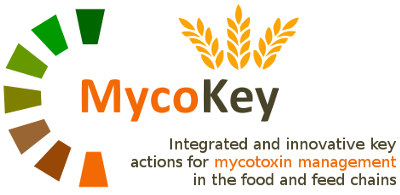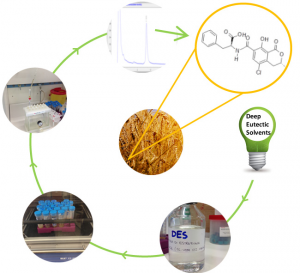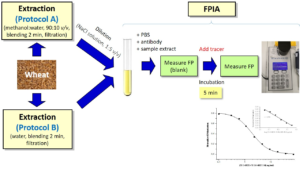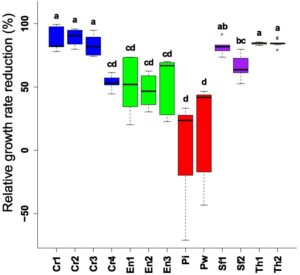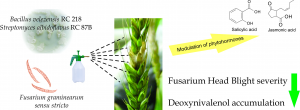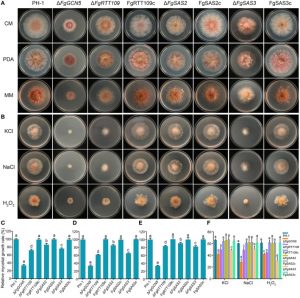Scientific Papers
MycoKey aims to unlock new knowledge and to valorize existing knowledge and data by rapid dissemination to research partners and stakeholders in the chain.
In the MycoKey programme all scientific peer reviewed publications are available through open access. Research data will be deposited in public data repositories for (re)-analysis exploitation and dissemination free of charge.
In this page you can find publications describing the scientific results arising from project’s activities.
A Rapid Label-Free Fluorescent Aptasensor PicoGreen-Based Strategy for Aflatoxin B1 Detection in Traditional Chinese Medicines
Aflatoxin B1 (AFB1) is a very hazardous carcinogen, readily contaminating foodstuffs and traditional Chinese medicines (TCMs) that has inspired increasing health concerns due to dietary exposure. Colloidal nanocrystals have been proposed as optical labels for aptasensor assembly, but these typically require tedious multistep conjugation and suffer from unsatisfactory robustness when used for complex matrices. In the present study, we report a rapid and sensitive method for screening for trace AFB1 levels in TCMs using a label-free fluorescent aptasensor PicoGreen dye-based strategy. Using PicoGreen to selectively measure complementary double-stranded DNA, fluorescence enhancement due to dsDNA is ‘turned off’ in the presence of AFB1 due binding of aptamer target over complementary sequence. Self-assembly of a label-free fluorescent aptasensor based on AFB1 aptamer and PicoGreen dye was performed. Due to competition between the complementary sequence and AFB1 target, this rapid method was capable of highly sensitive and selective screening for AFB1 in five types of TCMs. This proposed approach had a limit of detection as low as 0.1 μg·L−1 and good linearity with a range of 0.1–10 μg·L−1 (0.1–10 ppb). Among the 20 samples tested, 6 batches were found to be contaminated with AFB1 using this method, which was confirmed using sophisticated liquid chromatography-electrospray ionization-tandem mass spectrometry/mass spectrometry analysis. The results of this study indicate the developed method has the potential to be a simple, quick, and sensitive tool for detecting AFB1 in TCMs.
Authors: Cheng Zhang , Xiaowen Dou , Lei Zhang , Meifeng Sun , Ming Zhao , Zhen OuYang, Dandan Kong , F. Logrieco Antonio, Meihua Yang
Keywords: aflatoxin B1, aptamer, PicoGreen, fluorescence, traditional Chinese medicines
Published: 28/02/2018
Repository: https://www.ncbi.nlm.nih.gov/pmc/articles/PMC5869389/
This work was supported by National Key R&D Program of China (2016YFE0112900), EU project H2020-E.U.3.2-678781-MycoKey, National Project for Standardization of Chinese Materia Medica (ZYBZH-Y-JIN-34), CAMS Innovation Fund for Medical Sciences (2016-I2M-1-012, 2017-I2M-1-013). CC-BY license http://creativecommons.org/



